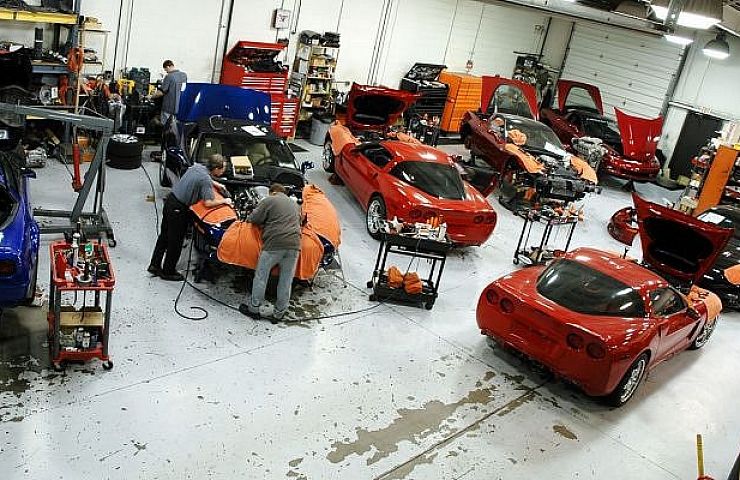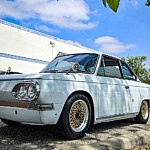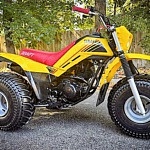Experience matters. Although a competent technician can install a seven-liter E-ROD engine under the hood of a ZR1 Corvette, getting 1,500 horsepower to the wheels takes some finesse. Mike Copeland, vice-president at the Indiana-based performance shop founded by NHRA legend John Lingenfelter, has that in spades. For two decades, he oversaw top-level performance projects at General Motors before starting his current position.
The ZR1 in question came to the shop from Nebraska. The owner, who raced the Corvette in one-mile shootouts, wanted to exceed the 190 mph time he previously clocked.
Copeland’s solution was a twin-turbo 427-CI LS1 engine, mated to the Corvette’s six-speed manual gearbox. The nice thing about the turbo setup is versatility. The car is streetable, since maximum power doesn’t kick in until the driver digs into the throttle.
Running the Numbers

Engines with blowers work well for drivers who want the latter, since peak horsepower doesn’t kick in until wide open throttle. Lingenfelter also builds naturally aspirated blocks up to 660 horsepower. The big cams and valve overlap on those packages cause a lot of vibration, making the cars best suited for the track.
With special projects such as the 2010 ZR1, Copeland dynos the engine before installation. Every vehicle Lingenfelter works on goes back on the chassis dyno for final tuning before being returned to the customer. The shop makes videos of the session and saves the dyno log. Both go on a memory stick attached to the keychain.
Texas Tornado
After leaving the Lingenfelter shop, the ZR1 raced the Texas Mile where it clocked 219 mph in the first half-mile. The car’s owner drove it through the licensing runs at 215 miles per hour. To date, the owner has reached 220 mph and there’s room to grow, since Copeland can tune the engine for an additional 400 horsepower.
Ken Lingenfelter took over the business after the company’s founder, his cousin, died in 2003 as the result of a racing accident. Ken, whose specialty is marketing, needed a partner with consummate engineering skills. Copeland has been at Lingenfelter since 2010.
Ken and Mike met in 2009 when Copeland was getting ready to retire from GM. He hired Mike to build a 1955 3100-Series Chevrolet pickup show car for the 2010 SEMA show. On February 1, 2011, exactly eight hours after officially retiring from GM, Copeland took over as Lingenfelter’s vice-president.

After several subsequent years at an independent shop that specialized in Corvettes, General Motors recruited Copeland to work for Cadillac. He took over education and training for the brand before moving to Flint, Mich. in 1994 to run Buick-Olds-Cadillac’s experimental build area where he was responsible for final testing and validation.
In 1998, Copeland transferred to Warren, Mich. where he spent seven years working on advanced vehicle integration as head of GM’s advanced vehicle architecture program. His final position before retiring from GM was as lead engineer for the Performance Division, where he oversaw development of the Cadillac CTS-V and fifth-generation ZL1 Camaro as well as one-off show cars.
Copeland feels confident that the DNA John Lingenfelter established before his untimely death continues to this day. He recalls one particular job, where the engine being built had been on the dyno for 16 hours.
“We were at the power level we needed to be at,” Copeland said. “Someone suggested that if we changed the degree on the cam by half a degree, we could fix a small torque drop we discovered. The guy working on the car took the engine apart and readjusted the cam by 0.5 degree to eliminate the performance glitch.”
Sometimes a half-degree adjustment has monumental implications.






